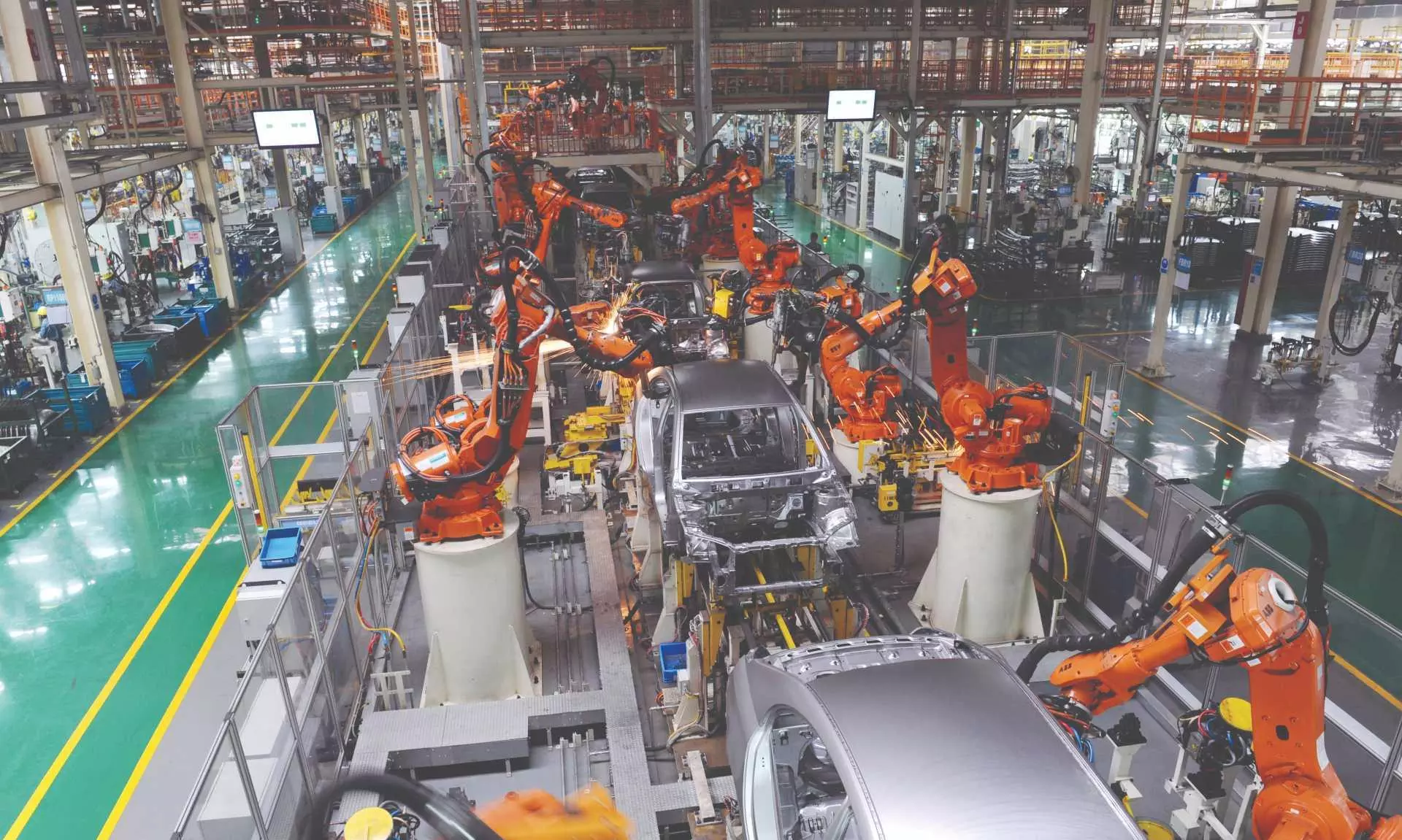Localisation at the heart of Indian automotive supply chain priorities

The time is ripe for India to localise its automotive supply chain and reduce dependency on imports, particularly from China. Even though there is a long way to go, policy push from the government and the intention of the industry is visible.
“The essence of India's automotive industry policies revolves around localisation, which is the heart of the government's approach. There is substantial potential for domestic value addition within the country. The growth trajectory is marked by advanced automotive components and R&D in this sector must be promoted.”
This is how Hanif Qureshi, joint secretary at the Ministry of Heavy Industries, addressed the Automotive Sourcing Conclave organised by the Society of Indian Automobile Manufacturers (SIAM) on November 21, 2023.
While the conference themed around "Towards Building a Resilient Supply Chain'' discussed several sourcing and supply chain strategies for transmission, raw materials and electronics, like the policies the discussions were also centred around localisation.
Anant Swarup, joint secretary at the Ministry of Heavy Industries and the Department of Commerce, said, “There is a greater possibility for further increased localization in the auto industry and there is a potential to achieve this across OEMs."
The Indian automobile industry contributes 7.1 percent of India’s GDP and accounts for 49 percent of the country’s manufacturing GDP. The Indian automobile sector has grown into a ₹8.7 lakh-crore ($108 billion) industry by producing 2.7 crore vehicles in FY23. Meanwhile, driven by the growing demand and exports, the automotive component industry in FY23 registered the highest-ever turnover of ₹5.6 lakh crore ($69.7 billion), indicates the numbers from the Automotive Component Manufacturers Association of India (ACMA). However, while exports grew by 5.2 percent to ₹1.61 lakh crore ($20.1 billion), imports of automobile components also grew by 10.9 percent to ₹1.63 lakh crore ($20.3 billion). The imports include auto components such as engine parts, drive transmission and steering, electricals and electronics while China remains the top source for these imports.
Thus, in September 2023, commerce and industry minister, Piyush Goyal, asked the auto manufacturers not to import components unnecessarily, particularly when the exporting country is not giving the same access to Indian players, during the annual convention of SIAM.
“This is the best time to invest and scale localisation for Indian auto OEMs and auto components manufacturers.”
Sunil Kakkar, Maruti Suzuki India
Sunil Kakkar, senior executive director at Maruti Suzuki India, said, “This is the best time to invest and scale localisation for Indian auto OEMs and auto components manufacturers.”
Talking about the sourcing trends in automatic transmission and its growing demand, Sachin Kulkarni, senior executive director at Skoda Auto Volkswagen India, noted that SIAM, ACMA, and the Indian Government need to form one team to work together to promote localisation of automatics in India.
“Transmission system is one of the biggest imports by value in the auto sector of the country. We need to also acknowledge that in our efforts for localisation, we did achieve progress on several items, but on transmission, we have not progressed much as we have not been able to reduce the import in this area. Imports in 2023 and 24 would be close to ₹8000 crore. Within two years, the import has almost doubled, which is a huge growth in the automotive transmission market,” he said.
He also pointed out that due to the increased consumer preferences for automatics, the import of transmission systems is growing significantly.
“As the consumers have been changing towards more aspirational vehicles and technologies. We have seen degrowth in the entry-level cars and consumers are opting for higher-end cars in the last two to three years. So, improvement in auto transmission technology has also been propelled as part of providing driving comfort. The new generation transmission technologies are improving fuel efficiency as well. Hence, the demand will bring a big opportunity for localisation in India. As OEMs we are reaching out to global transmission manufacturers to look at the possibility of investing and manufacturing in India,” he added.
He also cited a few challenges in achieving localisation of transmission systems which include the specialised talent pool and newer technologies.
“The lack of widespread expertise and specialised skill sets required for the production of automatic transmission systems adds to the localisation challenge. While India has a robust talent pool, expertise in this specific domain is comparatively limited. Bridging the skills gap is crucial for successful localization. We do understand that there are challenges of varying technologies, but the growing Indian market and the demand for automatic transmissions would offset these challenges and India will become a good source of automatic transmission manufacturing for the world,” he added.
“The lack of widespread expertise and specialised skill sets required for the production of automatic transmission systems adds to the localisation challenge.”Sachin Kulkarni, Skoda Auto Volkswagen India
Another factor that is boosting the Indian automotive industry's plan for localisation is electrification and the switch to electric vehicles.
Meanwhile, talking about the sourcing strategies for raw materials, Badrish Sinha, vice-president - purchasing, VE Commercial Vehicles, noted that Indian steel mills have the competency and efficiency to compete with global markets and by working closely with the steel mills we can reduce steel imports.
Veeraraghavan R, senior vice president - strategic sourcing, Mahindra & Mahindra, emphasised electronics as a very critical area for the Indian auto industry to localise, considering the growing demand. “We also need to secure our supply of semiconductors,” he added.
Even though there is a huge amount of import still happening in these spaces, the government's policy push and industry's risk mitigation strategies are improving the chances of achieving supply chain localisation for the country's automotive sector.
This article was originally published in the Indian Transport & Logistics News' Nov-Dec 2023 issue.

Libin Chacko Kurian
Assistant Editor at STAT Publishing Group, he has eight years of experience in business journalism covering food & beverage, nutraceuticals and now logistics. His current passion is to understand the nuances of global supply chains and their current turmoil. Outside work, he is also interested in philosophy, history, birding and travelling. Mail him: libin@statpublishinggroup.com Follow on LinkedIn


